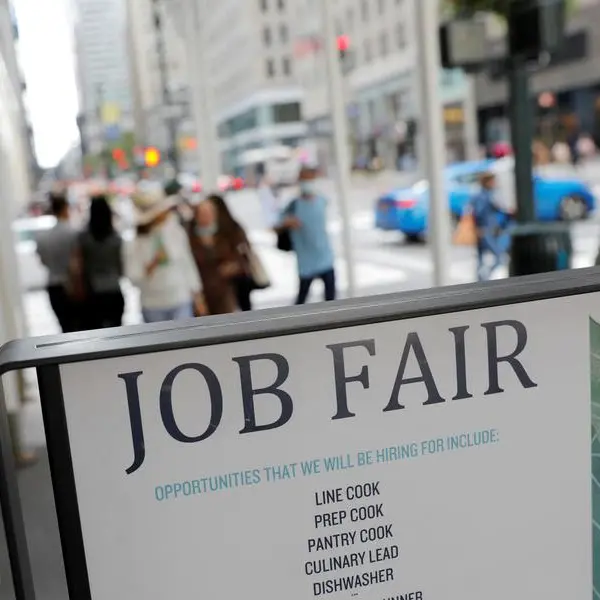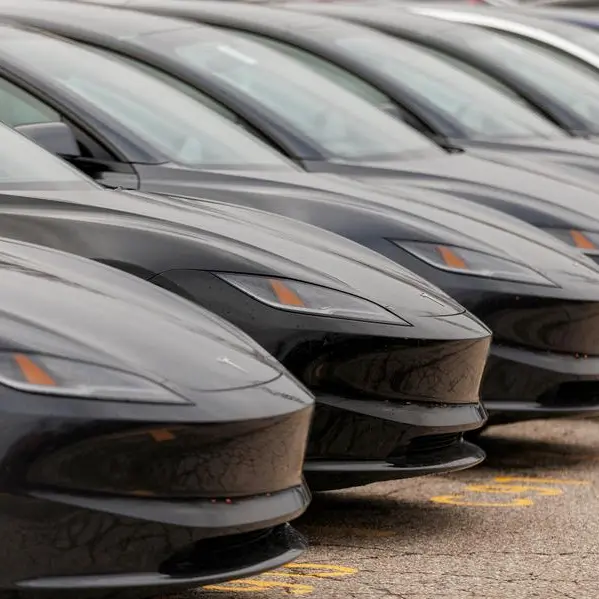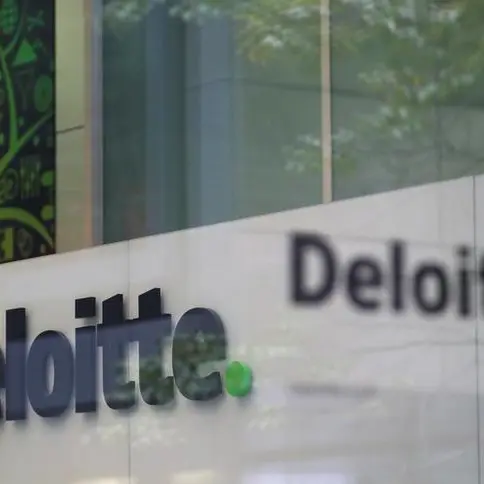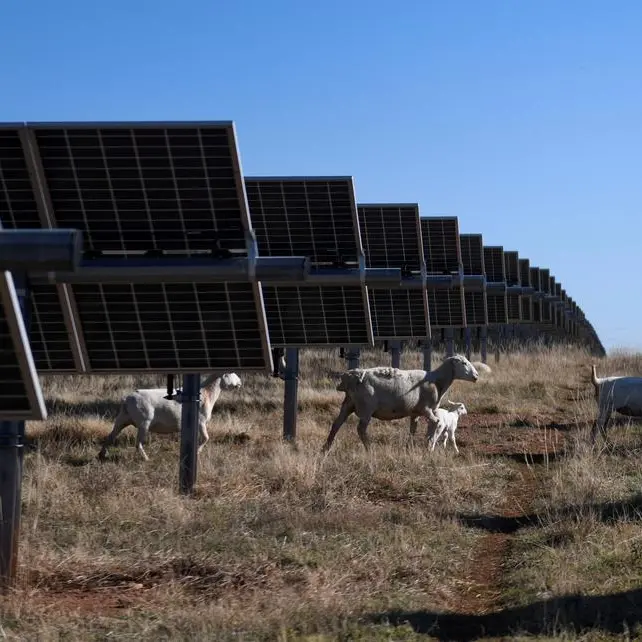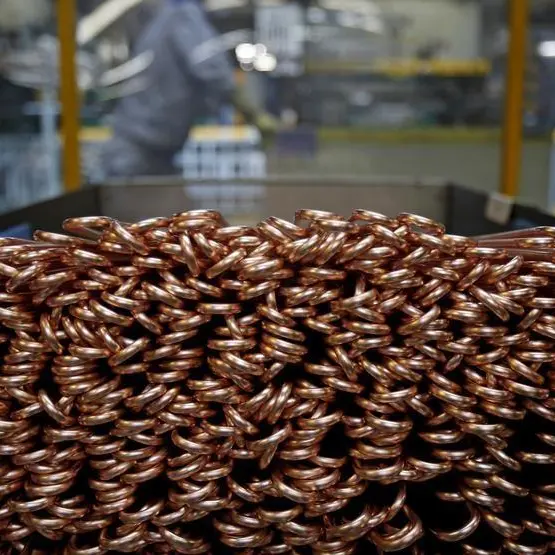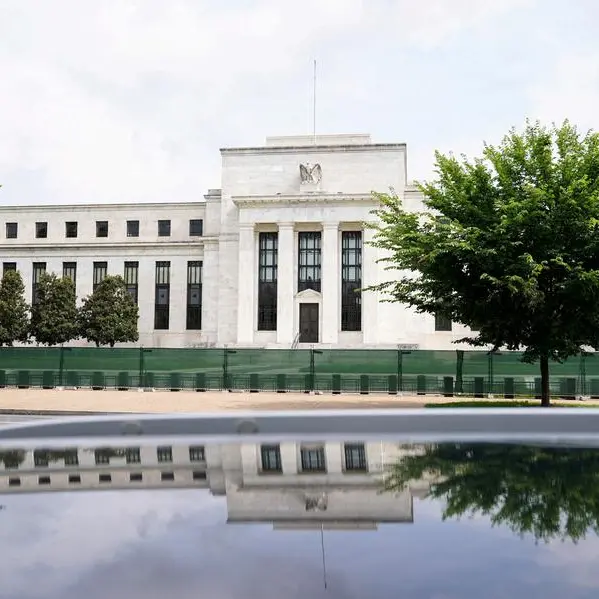PHOTO
FILE PHOTO: Solar panels are seen next to a Southern California Edison electricity station in Carson, California March 4, 2015. REUTERS/Lucy Nicholson/File Photo
Major U.S. utilities are expected to spend heavily on upgrading their electric lines and grids over the next five years to cater to power-hungry sectors, although experts worry that their plans to raise rates sharply to offset higher costs may face regulatory hurdles.
In the past few weeks, about nine utilities had raised their capital expenditure forecast by 22% on average for the three years starting in 2025, as they expect insatiable demand from AI-focused data centers and battery-powered electric vehicles.
A Reuters analysis showed that four of these utilities had raised their capital spending by record levels.
Evergy, a utility that serves Kansas and Missouri states, boosted its rolling five-year investment plan by $3.7 billion, in its biggest revision since 2018 with a 29.6% hike.
American Electric Power, which serves 11 states and nearly five million people, revised its plan by up to $54 billion - a 25.6% hike and the highest since 2016.
The hefty hikes in capital spending, driven by the bullish power demand forecast, is quite new for the sector, industry experts said.
They also noted that utilities, whose capital program is not heavily dependent on rate cases, will likely have an edge.
Investors will look more favorably at utilities that do not have any rate cases scheduled for next year, as that minimizes uncertainty related to their capital program, said Nicholas Campanella, head of U.S. power and utilities research at Barclays.
"You have so much riding on these rate case outcomes. If you get a bad decision, you're going to have to cut CapEx - you're going to have to reprioritize where you're investing the dollars and obviously the stocks are going to go down," Campanella added.
Utilities generally supplement their capital plans by charging customers more for power supply.
From the beginning of 2023 through August 2024, regulators approved 58% of requests for rate increases by utilities, the U.S. Energy Information Administration said.
The rate case overhang notwithstanding, some experts still expect the aggressive growth in capital spending to continue.
"I think it's still got to double. So if you think about the next five to ten years, you're probably going to see this kind of rate of growth or something similar to it," said Chris Ellinghaus, analyst at Siebert Williams Shank.
The capital spending growth will not be limited to the utilities sector alone. Goldman Sachs analysts see investment in data centers and hardware equipment leading to a rebound in overall capital expenditure growth in the U.S. next year.
(Reporting by Seher Dareen and Vallari Srivastava in Bengaluru; writing by Mrinalika Roy; Editing by Anil D'Silva)

